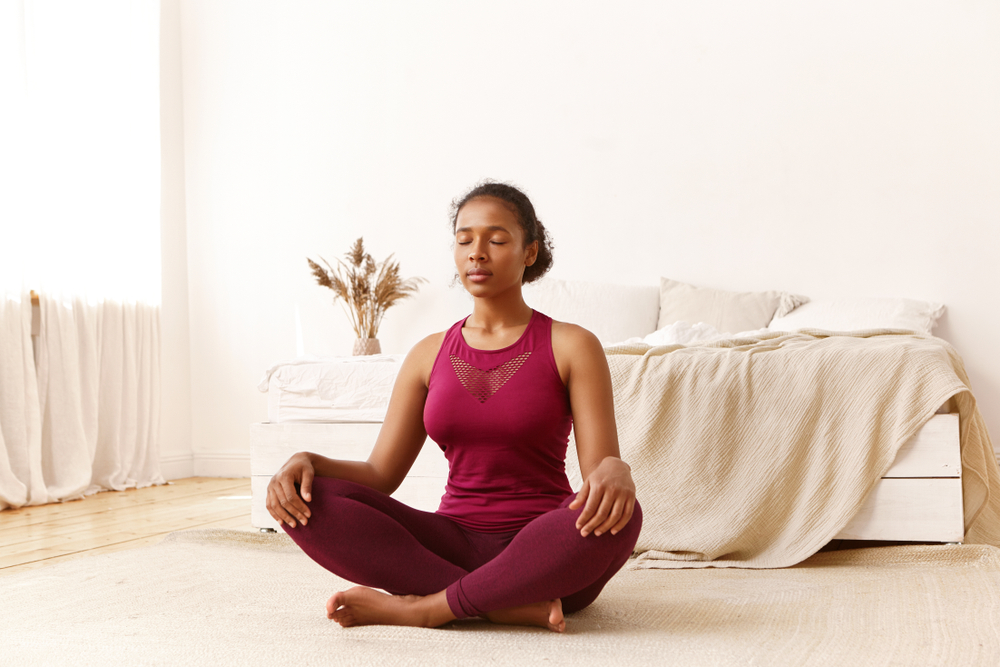Modern life’s pressures make emotional balance a daily challenge. Exercise has become a powerful tool for managing emotions like anger and stress. Recent research highlights how physical activity serves as an effective outlet for processing complex feelings, offering new perspectives on navigating life’s psychological hurdles.
Movement as a tool for emotional wellness
Physical activity profoundly impacts emotions by creating a natural pathway for stress relief. Research published in Frontiers in Psychology highlights how different forms of movement address unique emotional needs. High-intensity exercises like running or cycling mirror the body’s fight-or-flight response, helping release pent-up energy and anger. In contrast, lower-intensity activities such as yoga or walking promote calmness and gradual emotional release.
This dual approach demonstrates how physical activity offers tailored solutions for emotional regulation, providing both immediate and long-term benefits.
Physiological foundations of emotional fitness
Exercise triggers critical physiological processes that improve emotional health. Physical activity releases endorphins, which are natural mood elevators that counteract stress. At the same time, it utilizes stress hormones like adrenaline and cortisol, preventing their harmful buildup.
This biological mechanism provides a structured and healthy way to process intense emotions. It helps reduce feelings of anger or anxiety while promoting overall psychological stability.
The rhythmic nature of many exercises, such as swimming or jogging, adds a meditative effect, further supporting emotional resilience.
Customizing emotional fitness practices
Not all exercises are equally effective for everyone, making customization essential. Moderate-intensity activities lasting 20 to 60 minutes often provide the best results for emotional regulation. However, individual preferences significantly influence the benefits.
For some, high-energy activities like kickboxing provide a cathartic release of frustration. For others, meditative practices like tai chi allow for deeper emotional introspection.
Environmental factors also play a role. Choosing a setting that aligns with your emotional needs can enhance the experience. A serene outdoor environment may offer tranquility, while the collective energy of a group class can foster motivation and connection.
Integrating exercise into broader wellness strategies
Exercise alone cannot fully address emotional challenges. It must be part of a comprehensive wellness plan. Combining physical activity with mindfulness, journaling, or therapy creates a holistic approach to emotional health. Starting a workout with deep-breathing exercises can set the tone for intentional movement. Post-exercise journaling helps process emotions that surface during the session.
The synergy between exercise and other wellness practices enhances both immediate emotional relief and long-term psychological resilience.
Building a sustainable emotional fitness routine
Creating a consistent routine is key to unlocking exercise’s emotional benefits. Sporadic workouts may provide temporary relief, but regular practice builds emotional strength over time. Start small with manageable goals, such as 15 minutes of daily movement. Choose activities you enjoy to maintain motivation. Incorporate music to enhance emotional connection and focus during workouts.
Tracking your progress can reveal patterns in how exercise influences your mood, helping you refine your approach for better results.
As the connection between exercise and emotional health gains attention, new opportunities are emerging. Advances in technology such as fitness apps and wearable devices allow individuals to personalize their routines for optimal emotional impact. Virtual group classes and online coaching make emotional fitness more accessible, even for those with busy schedules.
Ongoing research continues to uncover the intricate relationship between movement and mental health, paving the way for more effective and inclusive strategies. By embracing exercise as a core component of emotional wellness, individuals can cultivate resilience and balance in the face of life’s challenges.
The transformative power of movement
In a world where stress and emotional overwhelm are common, exercise offers hope. By understanding its physiological and psychological effects, individuals can harness the power of movement to regulate emotions such as anger and stress.
The journey to emotional fitness begins with small, intentional steps. Whether it’s a morning walk, a weekly yoga class, or a high-energy cardio session, consistency and integration with broader wellness practices make physical activity a transformative tool for navigating modern life’s complexities.














